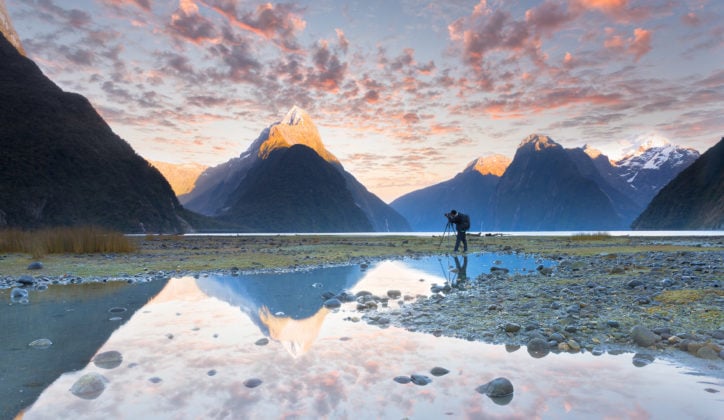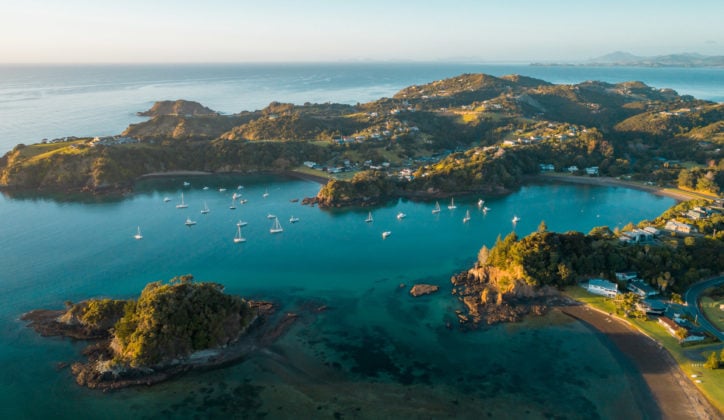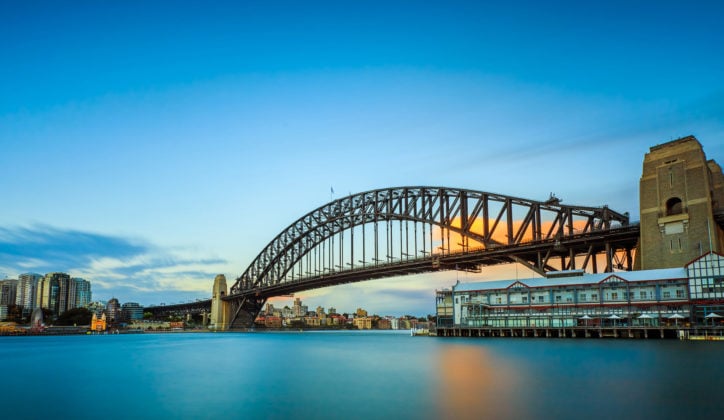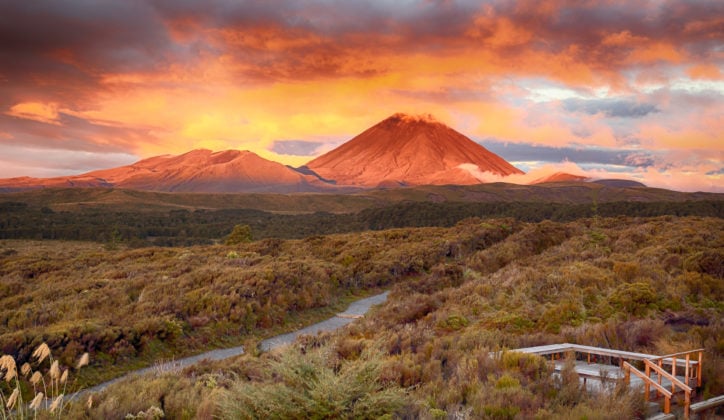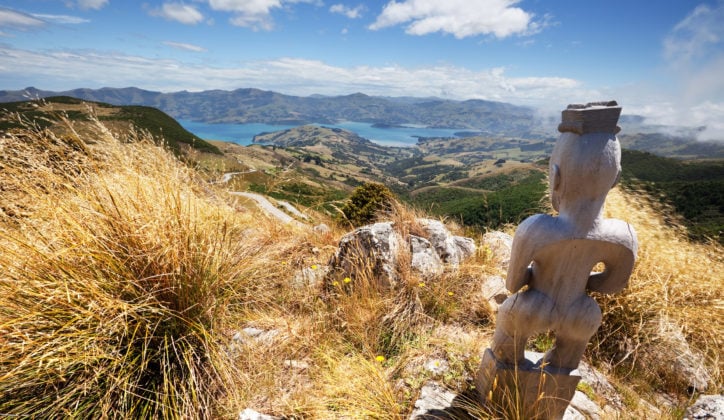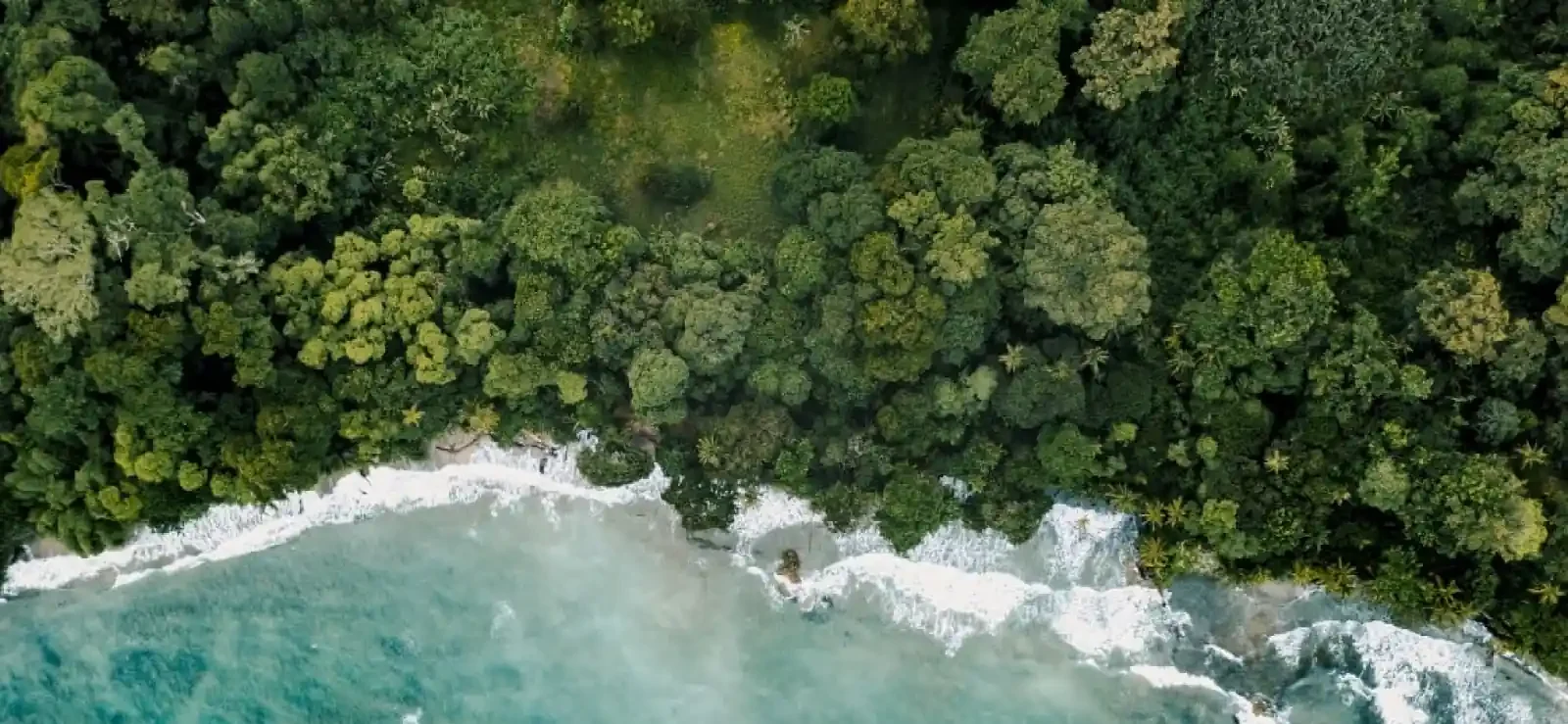Published on: July 25th, 2017
Last updated: October 23rd, 2024
The best time to visit New Zealand to explore the country’s spectacular natural beauty is during the summer, December to February. The days will be dry and warm, often exceeding 25°C (77°F), and there’s over 15 hours of glorious daylight. Summer is perfect for hiking, biking, visiting beaches and enjoying the laid-back atmosphere in towns and cities.
It’s worth remembering that it can get very busy over the summer season. If you’re keen to skip the crowds and embark on more mindful travel, then consider the autumn months of March to May and spring months of September to November. During these ‘shoulder seasons’ the weather is still warm, not too hot, and excursions and explorations are a little more peaceful.
Geographically, New Zealand is spread over the North and South Islands. If you’re travelling to the far south or far north you will experience fairly significant differences in the weather in New Zealand, at the same time of year. There are other factors that dictate weather conditions too, such as altitude and being on the coast.
New Zealand's winter weather can be very cold and pronounced on the South Island with average lows of -1°C (30.2°F). Although summers in the South Island can reach highs of around 20°C (68°F), the summer weather in New Zealand is warmer and longer lasting on the subtropical North Island. For example, Auckland and the Bay of Islands can easily exceed a balmy 30°C (86°F).
New Zealand Month-by-Month Climate Guide
New Zealand’s diverse landscapes boast a surprisingly varied climate, with subtropical beaches in the north to glacial valleys in the south. To help you understand the weather and plan the perfect adventure, we’ve asked our experts to compile a month-by-month climate guide.
January in New Zealand
January is a beautiful warm summer month in New Zealand that bustles with domestic and international travellers. In the North Island temperatures will usually creep over 30°C (86°F) and on the South Island it’s a little cooler at 20°C (68°F). There’s very little rain in January so it’s a great month to go hiking in the cooler reaches of Arthur’s Pass and Nelson and Abel Tasman, to mention just two of hundreds of great hiking areas in New Zealand.

February in New Zealand
February is another warm summer month in New Zealand with temperatures similar to those experienced in January; highs of 30°C (86°F). You will experience differences in the summer heat though, depending on where you are. Being a long thin country, you’re never far from cooling coastal breezes. At altitude in areas like the Southern Alps and Mount Cook, there’ll still be snow covering, even at the end of summer.

March in New Zealand
March is the first transitional month of the year in New Zealand, as summer begins to edge into autumn. Temperatures will typically remain warm, dropping a little, particularly towards the end of the month. Expect highs of 19°C (66.2°F) in Queenstown and 23°C (73.4°F) in Auckland.

April in New Zealand
There’s a distinctive autumn feel across the country in April with temperatures falling. Queenstown will average around 15°C (59°F) during the day and as you travel further south you might start to see a little more rainfall. Overall April is a clear and sunny month: another great time to get out and explore on foot or on bike rides.
Easter often falls in April, a busy month for New Zealanders who celebrate with family, and businesses sometimes close to observe the holiday.

May in New Zealand
By the end of May, another transitional month, New Zealand is starting to feel quite wintery. Temperatures will drop and in the south you can start to see persistent rain showers. Auckland, in the north, will hang onto pleasant daytime temperatures of around 18°C (64.4°F). Bluff, on the South Island, celebrates the Oyster Festival in May with plenty of music, wine and, of course, oysters.

June in New Zealand
Winter starts in earnest in June and New Zealand experiences colder temperatures and plenty of rainfall. The rains tend to fall slightly more in the north, with the south seeing more icy conditions. Beautiful snow coverings in the mountains around Wanaka and Mildford Sound are truly stunning and many locals and visitors head to Queenstown for the start of the winter sports season.

July in New Zealand
July is a peak winter month in New Zealand so expect chilly conditions. In the far south average lows are cold at 0°C (30°F) with snow in the mountains. If you prefer things a little warmer, head north to the Bay of Islands where the subtropical climate sees average winter temperatures of 16°C (61°F).

August in New Zealand
August is the last of New Zealand’s winter months, but this doesn’t make it any less chilly. Cold temperatures persist and there’s plenty of rain across both the North and South Islands. Snowy conditions inland and at higher elevations mean winter sports are still popular. It’s worth mentioning that New Zealand is beautiful in the winter, with fewer travellers, so it’s a particularly peaceful time to visit.

September in New Zealand
September marks the start of spring in New Zealand. Expect milder temperatures and beautiful scenery of bright green hills, dotted with the buds of spring flowers and prancing lambs. As temperatures climb the snow in the highlands will melt so, by the end of the month white water rafting is at its most exciting. Of course, seasonal changes can differ from year to year so it’s definitely worth preparing for a cold start to the month.

October in New Zealand
October is a beautiful spring month in New Zealand with milder temperatures that average 18°C (4.4°F) during the day and plenty of sunshine. The spring flowers continue to bloom and by the end of the month and into November, striking lupines and buttercups bloom around Lake Tekapo and Aoraki Mount Cook, a beautiful backdrop to hikes and scenic tours. Despite the spring feel, it can still get very chilly in the early mornings, so pack plenty of layers.

November in New Zealand
Spring draws to a balmy end in November and summer is just around the corner. The crowds have not yet arrived for peak season and the main hiking trails and landmarks are still relatively peaceful. Many argue November is one of the best months for travel in New Zealand, particularly during the start of the month, but remember it’s not quite summer yet: expect a little rain and cooler mornings in the mountains on South Island.

December in New Zealand
December marks the start of summer and is one of New Zealand’s busiest months for travel. Both the North and South Islands are starting to experience beautiful, warm and even quite hot temperatures. Auckland and Christchurch will average around 22°C (71.6°F) and further south, Queenstown is just a little cooler. December is another dry month so it’s great for hiking but be sure to book well in advance as our favourite smaller hotels are very popular at this time of year.

The best things to do in New Zealand by season
New Zealand’s varied climate and landscapes offer a range of things to do that are suited to different weather conditions. To help you choose the best activities to do during your visit we’ve asked our travel designers to let us know their favourite experiences, and when to do them.

The best time to go hiking
The best time to go hiking amid New Zealand's highest peaks and remote areas is during the peak summer months of January and February. Although New Zealand is particularly wonderful for hiking almost year-round, it’s a beautiful experience to set out on a full day's hike as glorious sun shines down on twinkling lakes and sparkling glaciers. We recommend visits to the West Coast and Glaciers and Milford Sound and Fiordland National Park for spectacular hiking landscapes.

The best time to go dolphin and whale watching
If you’d like to see beautiful marine wildlife in New Zealand, head to Kaikōura on the South Island’s east coast. The best time to spot humpbacks, southern right whales and pilot whales is during the colder season of May to October. August is a good time to spot pretty dusky dolphins with dark backs and white bellies. We suggest asking your travel designer to arrange a boat tour with one of our handpicked partners. That way you can be sure to observe the wildlife in a way that doesn’t disrupt nature.

The best time to go wine-tasting
New Zealand is famous for its production of excellent wines so a vineyard experience is essential for any wine enthusiast. You can taste the wines of the North Island in Hawkes Bay and then sip on the famous Sauvignon Blanc in the south at Marlborough Sounds and Wine Region. To experience the grape harvest itself, the best time to visit New Zealand is between February and May.

The best time to see the Milky Way
While the clear skies of the summer months (December to February) are a fantastic time to witness incredible displays of starry constellations, the winter offers its own magical skies. This is the best time to visit New Zealand to see the Milky Way at its brightest during June and July. We recommend a stay at Mt Cook Lakeside Retreat in the Aoraki Mackenzie International Dark Sky Reserve, with its retractable-roof observatory and telescope.

The best time to go white water rafting
Most of New Zealand's rivers are great to raft on throughout the year, except in winter (June to August) when it’s really just too cold for the majority of rafters. Summer is a lovely time to raft:the icy waters are slightly more inviting when the temperatures outside are hot. Ultimately though, we think the best time to go rafting in New Zealand is during the spring, February to April, when the mountain ice and snow melts and the rivers are fast flowing – it’s exciting and beautiful at the same time.

The best time for winter activities
Much of New Zealand’s South Island becomes a pretty winter wonderland in winter. Queenstown is the hub for winter sports enthusiasts who venture into the mountains to try skiing, snowboarding or simply to go on scenic tours to marvel at the fresh snowfall. The best time to visit New Zealand for consistent snow cover is during June to August, the coldest winter months.
The best time to visit Auckland
The far reaches of New Zealand’s North Island, where Auckland is situated, are subtropical with hot summers and moderate winters. With this in mind, the best time to visit Auckland is during the shoulder seasons of spring (September–November) and autumn (March–May). That way you can skip the intense heat and busy crowds of summer, but still experience mild temperatures that will see daytime highs of around 25°C (77°F).
The best time to visit New Zealand's South Island
New Zealand’s South Island experiences cooler temperatures than the subtropical North Island. Winter (June–August) dips to -1°C (30.2°F) and the shoulder seasons can be unpredictable. For ideal weather conditions of warm temperatures and little rain, and to truly be able to appreciate the spectacular natural beauty, we think the best time to visit New Zealand’s South Island is summer (December to February).
Our Top Example Trips
Whatever you want from your trip to New Zealand, our team of expert travel designers are ready to help.



